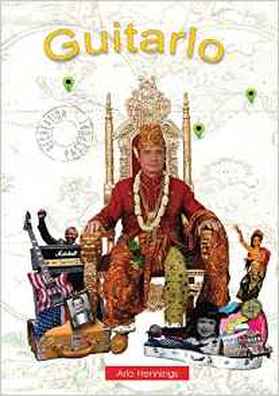
Guitarlo
It starts with a jolt. Arlo Hennings finds himself with a SWAT trooper’s jack boot on his back before getting pulled to his feet by his hair. From there, Hennings takes us on a wild ride of music, political activities, philosophical exploration, and cultural awareness from Woodstock to South Africa to Minneapolis to Jakarta and all points in between.
Interwoven amidst all of that, like the strands of Hennings’ own DNA, is the love that motivates, enlightens, and sustains him. In the end, it is a love story; it is not a tale of romance—although that is certainly present—but it is a grand saga of human love for humanity in all its manifestations.
I confess. I expected to read about music experience and expertise, rage and revolution, and be taken on a tell-all exposé of life among the radicals. The most radical experience, however, was the encounter of Hennings’ love.
The frustration of the music industry is told in all its hair-pulling anguish. The rewards, Hennings attests, far outweighs the disappointment. But his artistry is not limited to music and musicianship, Hennings is a poet and a prophet, speaking and writing of the world as it is and how it should be, could be.
The tragedies weigh heavily, but the ineffable joy lifts all burdens. His humor is now poignant, now pointed, now powerful, now playful.
It is spiritual and spirited and never, not once, spiteful.
Guitarlo is nothing less than the Hero’s Quest
It starts with a jolt. Arlo Hennings finds himself with a SWAT trooper’s jack boot on his back before getting pulled to his feet by his hair. From there, Hennings takes us on a wild ride of music, political activities, philosophical exploration, and cultural awareness from Woodstock to South Africa to Minneapolis to Jakarta and all points in between.
Interwoven amidst all of that, like the strands of Hennings’ own DNA, is the love that motivates, enlightens, and sustains him. In the end, it is a love story; it is not a tale of romance—although that is certainly present—but it is a grand saga of human love for humanity in all its manifestations.
I confess. I expected to read about music experience and expertise, rage and revolution, and be taken on a tell-all exposé of life among the radicals. The most radical experience, however, was the encounter of Hennings’ love.
The frustration of the music industry is told in all its hair-pulling anguish. The rewards, Hennings attests, far outweighs the disappointment. But his artistry is not limited to music and musicianship, Hennings is a poet and a prophet, speaking and writing of the world as it is and how it should be, could be.
The tragedies weigh heavily, but the ineffable joy lifts all burdens. His humor is now poignant, now pointed, now powerful, now playful.
It is spiritual and spirited and never, not once, spiteful.
Guitarlo is nothing less than the Hero’s Quest
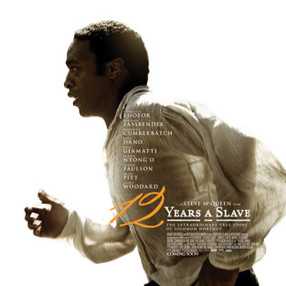
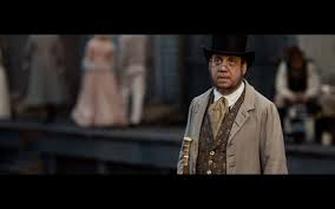
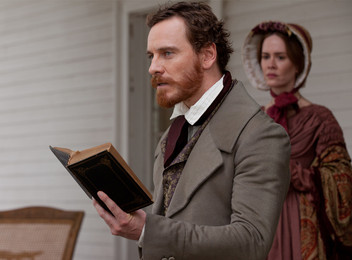
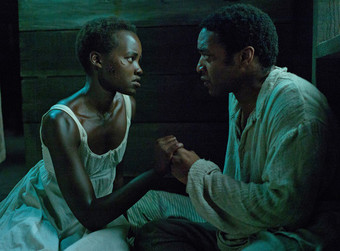
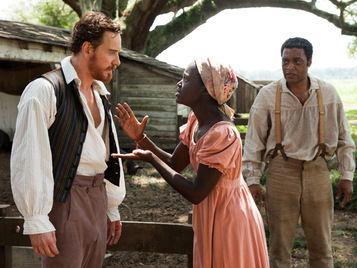
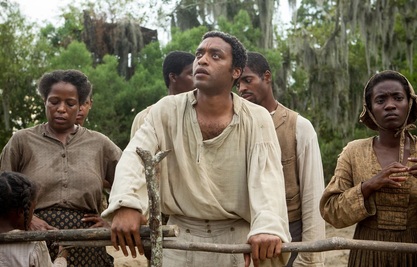
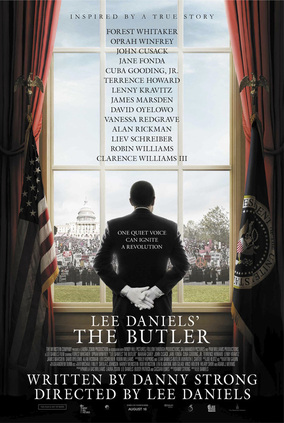
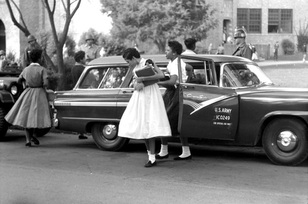
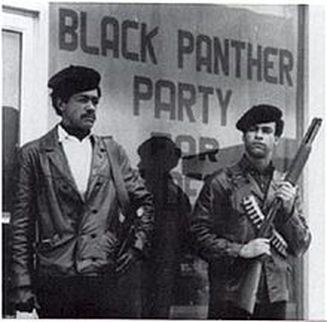
 RSS Feed
RSS Feed
